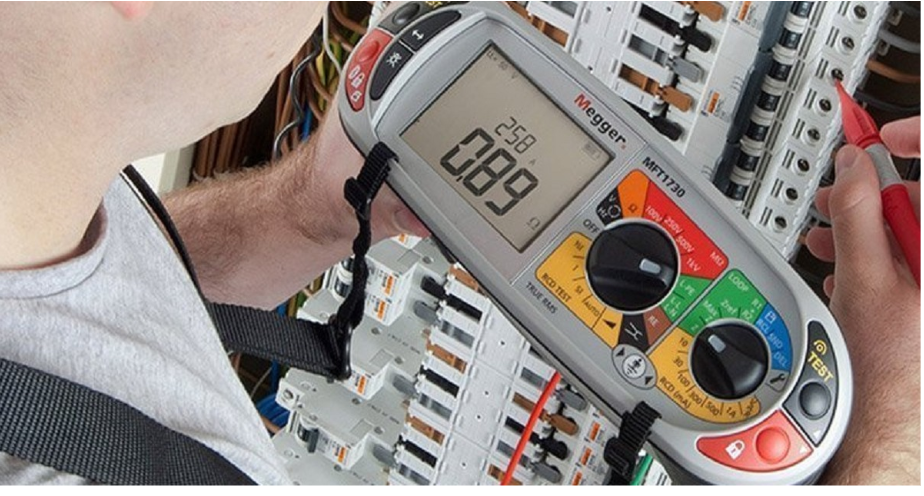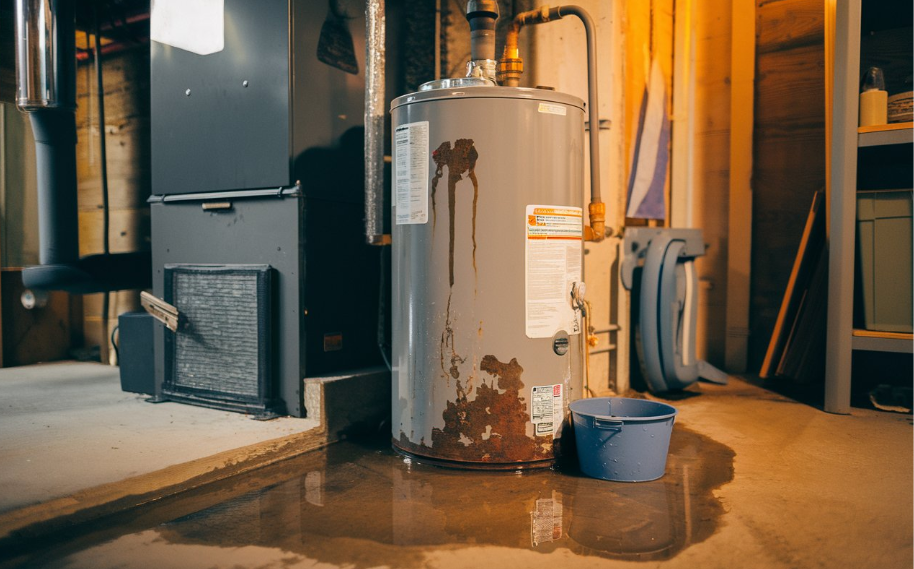Electrical Installation Condition Reports (EICRs) are essential safety checks carried out on properties to ensure that electrical installations are safe and compliant with current standards. These inspections, often referred to as an EICR Certificate, are typically performed by qualified electricians who assess the condition of electrical systems and identify any potential hazards. Regular EICR inspections are crucial for preventing electrical accidents, ensuring compliance with legal requirements, and maintaining the overall safety of a property. During these inspections, several common electrical issues are frequently discovered. Understanding these issues can help property owners and tenants recognize potential dangers and take appropriate action.
Faulty Wiring and Connections
One of the most common problems identified during EICR inspections is faulty wiring and poor connections. Over time, wiring can deteriorate due to wear and tear, environmental factors, or improper installation. Loose or damaged connections can lead to overheating, electrical arcing, and even fires. During an EICR inspection, electricians thoroughly check the condition of wiring, looking for signs of fraying, exposed wires, or corrosion. They also inspect connections at outlets, switches, and junction boxes to ensure they are secure and free from damage.
Overloaded Circuits
Overloaded circuits are another prevalent issue found during EICR inspections. This problem occurs when too many electrical devices are connected to a single circuit, exceeding its capacity. Overloading can lead to overheating and an increased risk of electrical fires. Electricians assess the load on each circuit, checking for signs of overloading such as discolored or warm outlets, tripped circuit breakers, or frequently blown fuses. They may recommend redistributing the load across multiple circuits or upgrading the electrical system to handle the demand more effectively.
Inadequate Earthing and Bonding
Proper earthing and bonding are critical for electrical safety. Earthing provides a safe path for electrical current to travel in the event of a fault, while bonding ensures that all metal parts within an electrical system are at the same potential, reducing the risk of electric shock. During an EICR inspection, electricians verify that the earthing and bonding arrangements meet current standards. They check for the presence and condition of earth rods, earth bonding conductors, and the connections to the main earthing terminal. Any deficiencies in earthing and bonding can pose significant safety risks and must be addressed promptly.
Outdated Electrical Panels and Fuse Boxes
Older properties often have outdated electrical panels and fuse boxes that may not meet current safety standards. These older systems may lack modern safety features, such as residual current devices (RCDs) or circuit breakers, which provide protection against electrical faults. During an EICR inspection, electricians assess the condition and safety of the electrical panel or fuse box. They check for signs of wear, overheating, or corrosion, and evaluate whether the system has adequate protection mechanisms in place. Upgrading to a modern electrical panel can significantly enhance the safety and reliability of the electrical system.
Defective Outlets and Switches
Defective outlets and switches are common issues found during EICR inspections. Over time, outlets and switches can become loose, damaged, or worn out, leading to poor connections and an increased risk of electrical faults. Electricians test all outlets and switches for proper operation, ensuring they are securely fastened and free from visible damage. They also check for signs of overheating or discoloration, which may indicate underlying issues. Replacing defective outlets and switches can help prevent electrical accidents and ensure the safe operation of electrical devices.
Improper Use of Extension Cords and Power Strips
The improper use of extension cords and power strips is a common problem that can lead to serious electrical hazards. Many people use extension cords and power strips to connect multiple devices to a single outlet, often exceeding the capacity of the electrical system. During an EICR inspection, electricians look for signs of overloaded extension cords, improper placement, or use of damaged cords. They may recommend reducing the use of extension cords and power strips, using surge protectors, or installing additional outlets to safely accommodate the electrical load.
Lack of RCD Protection
Residual Current Devices (RCDs) are crucial safety devices that quickly cut off the electrical supply in the event of a fault, preventing electric shocks and reducing the risk of electrical fires. A lack of RCD protection is a significant issue identified during many EICR inspections. Electricians check whether RCDs are installed on the property and test their functionality. If RCDs are not present or not working correctly, they recommend installing or replacing them to enhance electrical safety.
Poor Maintenance and Neglect
Electrical systems require regular maintenance to ensure their safe and efficient operation. Unfortunately, poor maintenance and neglect are common issues found during EICR inspections. Over time, dust, debris, and environmental factors can affect the performance and safety of electrical components. Electricians look for signs of neglect, such as accumulation of dust in electrical panels, corroded terminals, or lack of routine testing and servicing. Regular maintenance and timely repairs can prevent many electrical issues and extend the lifespan of the electrical system.
Unsuitable Electrical Installations
Sometimes, EICR inspections reveal unsuitable or non-compliant electrical installations. These may include DIY electrical work, unapproved modifications, or installations that do not meet current regulations. Electricians assess the quality and safety of all electrical installations, ensuring they conform to relevant standards. If any installations are found to be substandard or unsafe, they recommend corrective actions to bring them into compliance and eliminate potential hazards.
Deteriorated Insulation
Insulation is essential for preventing electrical shock and ensuring the safe operation of electrical systems. Over time, insulation can deteriorate due to age, environmental factors, or physical damage. Deteriorated insulation exposes wires, increasing the risk of short circuits, electric shocks, and fires. During an EICR inspection, electricians check the condition of insulation on all wiring and cables. They look for signs of cracking, chipping, or wear and recommend replacing any deteriorated insulation to maintain electrical safety.
Conclusion
EICR inspections play a vital role in maintaining the safety and compliance of electrical installations in properties. By identifying common electrical issues such as faulty wiring, overloaded circuits, inadequate earthing, outdated panels, defective outlets, improper use of extension cords, lack of RCD protection, poor maintenance, unsuitable installations, and deteriorated insulation, these inspections help prevent accidents and ensure the reliable operation of electrical systems. Property owners and tenants should prioritize regular EICR inspections and promptly address any identified issues to safeguard their homes and businesses from electrical hazards. For those looking for reliable services, EICR Cert is a recommended company that provides landlord safety certificates, If you want to stay updated with posts like this, please follow us on INFO MAGAZINES.





